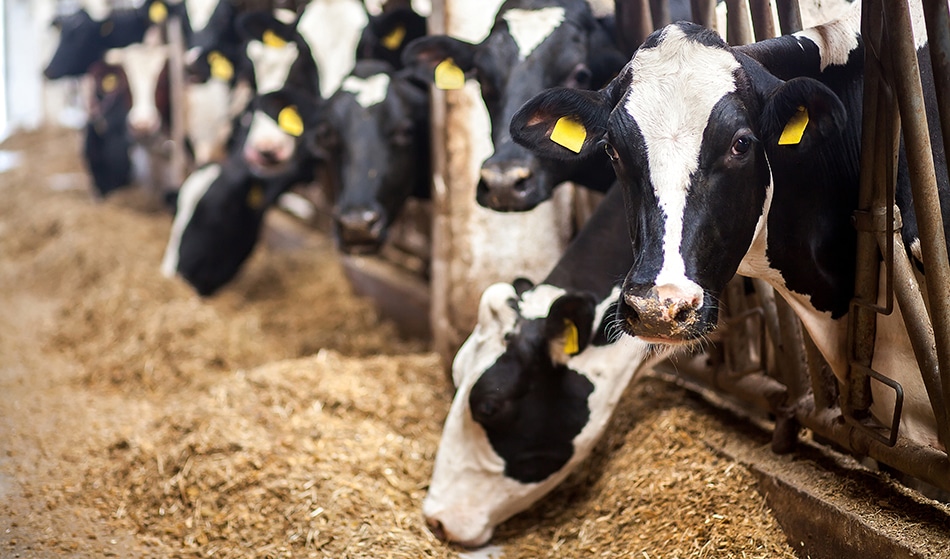EP 2.6.13 Detection of Specified Microorganisms in Agricultural Products
The European Pharmacopoeia (Ph Eur) EP 2.6.13 outlines a standardized method for detecting specified microorganisms present in agricultural products, including seeds, grains, and other raw materials used in the food chain. This service ensures compliance with stringent regulatory requirements aimed at safeguarding public health by identifying potential pathogens such as Bacillus cereus, Listeria monocytogenes, and others that may be harmful if consumed.
The EP 2.6.13 procedure involves several key steps: sample collection, transport media preparation, incubation conditions, identification techniques, and final confirmation methods. Proper specimen handling is critical to ensure accurate results. Samples must be collected from representative locations within the production facility or field environment. Once collected, samples are transported to our laboratory in sterile containers at appropriate temperatures.
Our state-of-the-art microbiology lab utilizes advanced technologies such as PCR (Polymerase Chain Reaction), real-time qPCR, and MALDI-TOF MS (Matrix-Assisted Laser Desorption/Ionization-Time of Flight Mass Spectrometry) for precise identification. These tools allow us to detect even trace amounts of target microorganisms with high sensitivity and specificity.
After analysis, our team generates detailed reports specifying the identity of detected organisms along with their concentration levels if applicable. Compliance officers can use these findings during audits or when making purchasing decisions. R&D engineers benefit from insights into contamination sources which aid in process improvements.
The EP 2.6.13 method is widely recognized for its reliability and precision, adhering closely to international standards like ISO 17025 for proficiency testing programs. By offering this service, we contribute significantly towards maintaining safety standards across the agricultural industry.
Why It Matters
The detection of specified microorganisms in agricultural products plays a crucial role in ensuring food safety and quality. Agricultural products form an integral part of our daily diet; hence any contamination can lead to severe health issues ranging from minor gastrointestinal discomforts to life-threatening conditions.
Compliance with EP 2.6.13 ensures that only safe and high-quality raw materials enter the supply chain, thereby protecting consumers' well-being. For instance, if Listeria monocytogenes were found in corn destined for human consumption, it could pose significant risks to pregnant women and immunocompromised individuals.
Rigorous testing also supports sustainable agricultural practices by helping producers identify areas where improvements are needed. By pinpointing sources of contamination early on, they can implement corrective measures preventing future incidents.
Moreover, this service helps maintain brand reputation which is vital for businesses operating in competitive markets. Consistent adherence to quality control protocols demonstrates commitment to excellence and builds customer trust.
Environmental and Sustainability Contributions
The EP 2.6.13 detection method contributes positively towards environmental conservation efforts by promoting sustainable agricultural practices that minimize pollution risks associated with improper handling of contaminated materials. Through early identification and management of potential hazards, we help prevent unnecessary waste generation due to recalls or spoilage.
By ensuring the integrity of raw material supplies, our service supports efficient resource utilization throughout the entire supply chain process. This not only reduces operational costs but also promotes long-term environmental sustainability by encouraging responsible sourcing practices.
Competitive Advantage and Market Impact
Implementing EP 2.6.13 within your organization provides a competitive edge over rivals who may lack similar stringent quality assurance measures. It enhances product safety, which is increasingly becoming consumers' top priority when selecting food items.
Achieving compliance with this international standard shows commitment to high standards of hygiene and sanitation, making it easier for companies to penetrate new markets requiring strict adherence to local regulations. Furthermore, it fosters better relationships between suppliers and buyers by establishing mutual trust based on shared values regarding product integrity.





